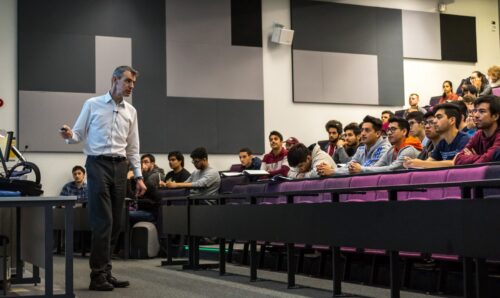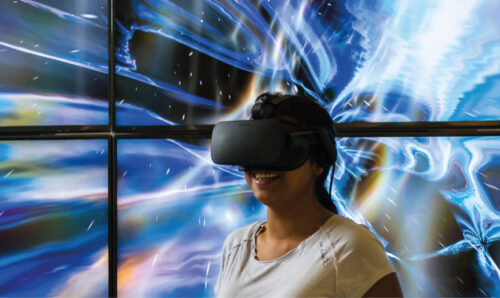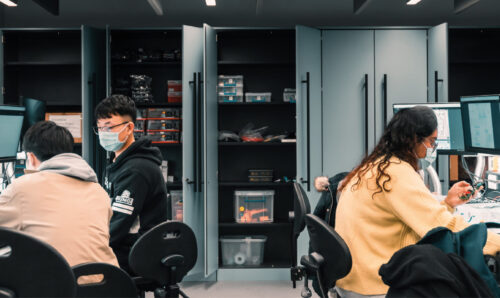Tweet on a Sheet
Student experience 6 October 2015
Third Year Project. What every EEE student dreams of. A chance to get hands on developing a gadget, a toy, a solution, anything. Take an idea, a dream, and build it. This is why we do engineering.
THE IDEA
The mission, as conjured up by Peter R Green, a device which can be utilised within education to better support the practical integration of Internet of Things (IoT) into the curriculum.
What? Basically, I’m looking to develop a product for primary and secondary school students. It will consist of a sensor way, streaming back live real world data, temperature, noise, light, movement etc. What happens next is up to the student. Perhaps they want to graphically display live data from a science experiment, log data for a geography project over the course of a week, or more directly develop Internet of Things and Programming knowledge.
JARGEN
Hold on, let’s go back a step. What on earth is The Internet of Things? IoT is a proposed development of the Internet in which everyday objects have network connectivity, allowing them to send and receive data. This is designed not only to improve the user experience by expanding features, but can also be used to make devices ‘smarter’ and ‘greener’.
The development of IoT has the potential to impact the way we interact with each and every electronic device. It’s widely accepted that IoT will be the ‘next big thing’, comparable in impact to the creation of the internet itself.
Does that make sense? Sort of? Well this is the first challenge. Trying to convey a product description is not easy, especially when introducing entirely new concepts such as Internet of Things.
SEERIH
What is fantastic is that I’m developing this product in partnership with The Science & Engineering Education Research Hub (SEERIH) at the University of Manchester. SEERIH provides professional development that fascinates teachers, young people and their communities about the wonders of science and engineering in the world around us.
What does this mean for the project? I’ll be able to consult first hand with end users, right from the off. I’ll be meeting teachers throughout the process to best identify how the product will be used, in order to develop the ideal solution. The end goal for the project is to take a fully functional prototype into a primary school, and empowering students with a new tool to learn. This is made possible by the project’s involvement with SEERIH.
TWEET ON A SHEET
Today, I meet with Dr Lynne Bianchi who heads up SEERIH. Aside from a personal introduction, the meeting was designed to better determine the hub’s involvement with the project.
“Give me a brief outline of the product,” Lynne asked.
“OK,” I replied, “I’m designing a device which can be utilised within education to better support the practical integration of Internet of Things (IoT) into the curriculum, by means of sensor arra- “
“Too long,” Lynne Interrupted, “It needs to be short, snappy, and in such words that anyone can understand. It should be a Tweet on a sheet.”
Clever, a Tweet on a sheet. A tweet can be no longer than 140 characters. It should be concise, and easy to understand by all.
This was my first challenge. Describing what the product does, selling it. It was something I’d perhaps overlooked, underestimating the importance of easily explaining it to teachers when consulting them in the weeks to come.
None the less, here’s my full Tweet on a Sheet. Other than the 140 characters’ bit, hopefully it ticks the boxes!
“An electronic device that enables a child to capture, save, send and receive data during a learning experience. For science this will mean enabling a child to be more proactive in planning and conducting investigations, while improving their understanding and ability to analyse the results.
In other areas of learning this will mean stimulating a child to be more creative in carrying out investigations, with the device making it possible to capture data in new and exciting ways. It will also allow the child to develop computing skills by introducing basic programming concepts.”
Let’s wait to see what challenge next week brings.





Leave a Reply